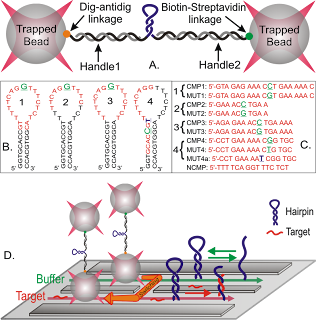Anant Babu Marahatta
Tohoku University, Japan (ananta037@gmail.com)
Introduction:Viscosity is one of the major parameters determining the diffusion rate of species in condensed media. In bio-systems, changes in viscosity have been linked to disease and malfunction at the cellular level. These perturbations are caused by changes in mobility of chemicals within the cell, influencing signaling and transport and the efficiency of bimolecular processes.
Observation:
For detail, readers are requested to go through J.AM.CHEM.SOC. 2008,130, 6672-6673 if interested.
Tohoku University, Japan (ananta037@gmail.com)
Introduction:Viscosity is one of the major parameters determining the diffusion rate of species in condensed media. In bio-systems, changes in viscosity have been linked to disease and malfunction at the cellular level. These perturbations are caused by changes in mobility of chemicals within the cell, influencing signaling and transport and the efficiency of bimolecular processes.
Observation:
Fluorescence measurements of 1 made in methanol/glycerol mixtures of different viscosities shows that the fluorescence quantum yield increases dramatically with increasing solvent viscosity.The observed increase in fluorescence intensity is consistent with the restricted rotation of the phenyl group in the medium of high viscosity. The rates of radiative and nonradiative decays have been calculated from the measured fluorescence lifetimes and quantum yields. From these results, it has been concluded that, for 1, the nonradiative decay rate increases with decreasing viscosity, and the radiative decay rate remains approximately constant. Thus 1 is truly a molecular rotor which displays both fluorescence intensity and lifetime sensitivity to viscosity of the environment.
For detail, readers are requested to go through J.AM.CHEM.SOC. 2008,130, 6672-6673 if interested.










